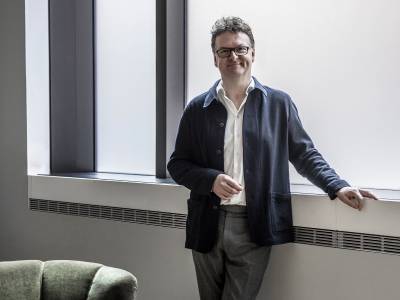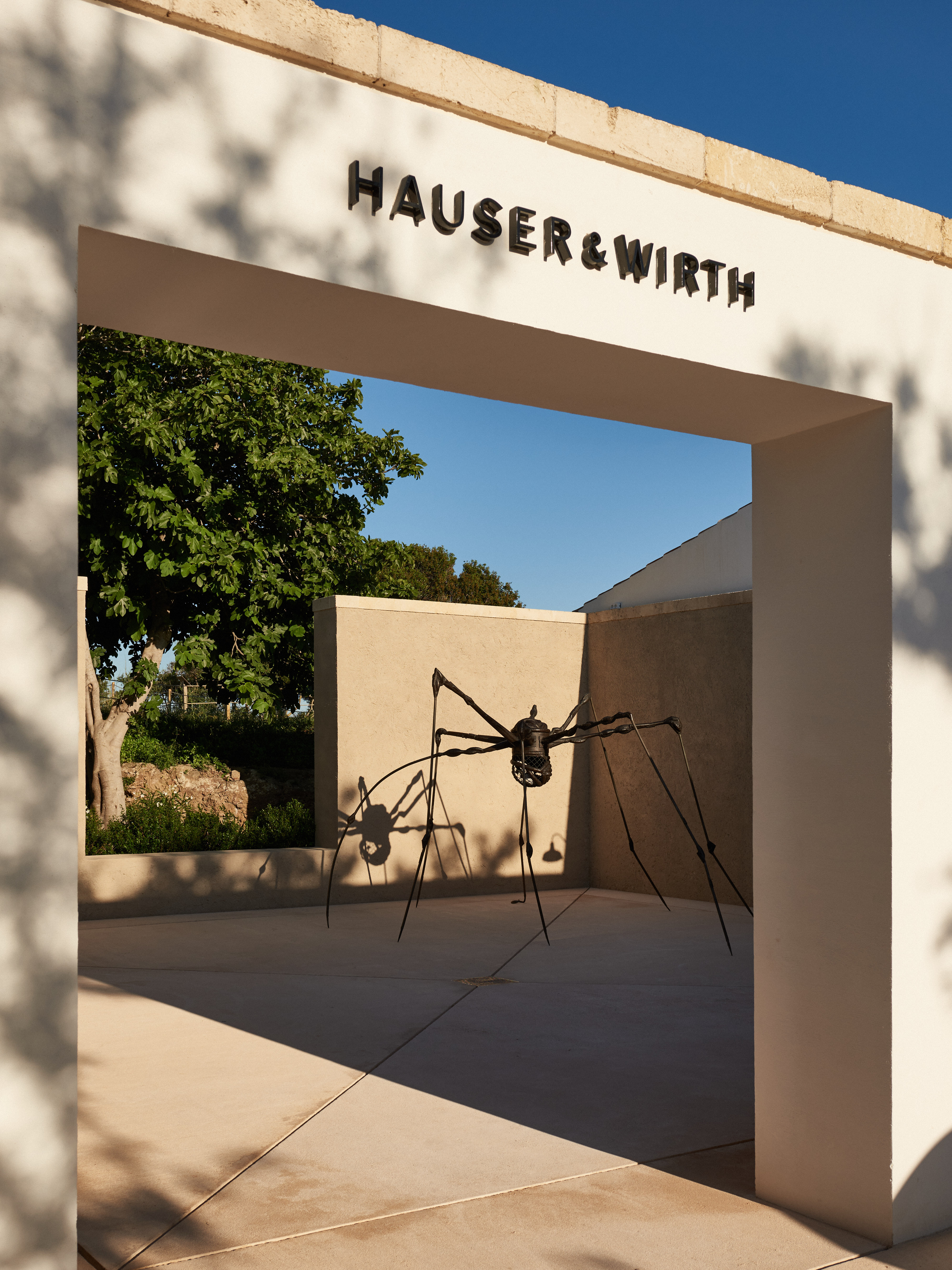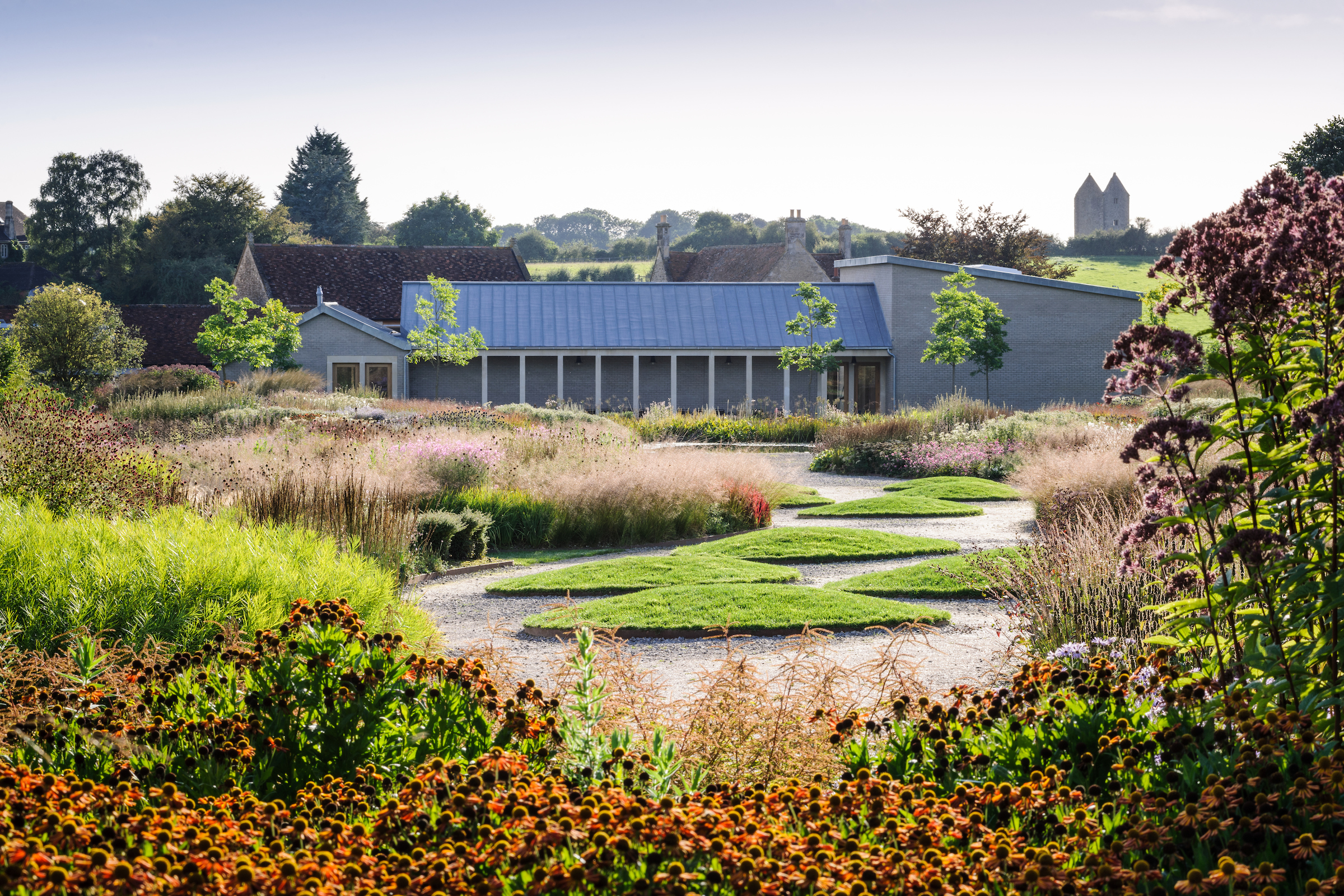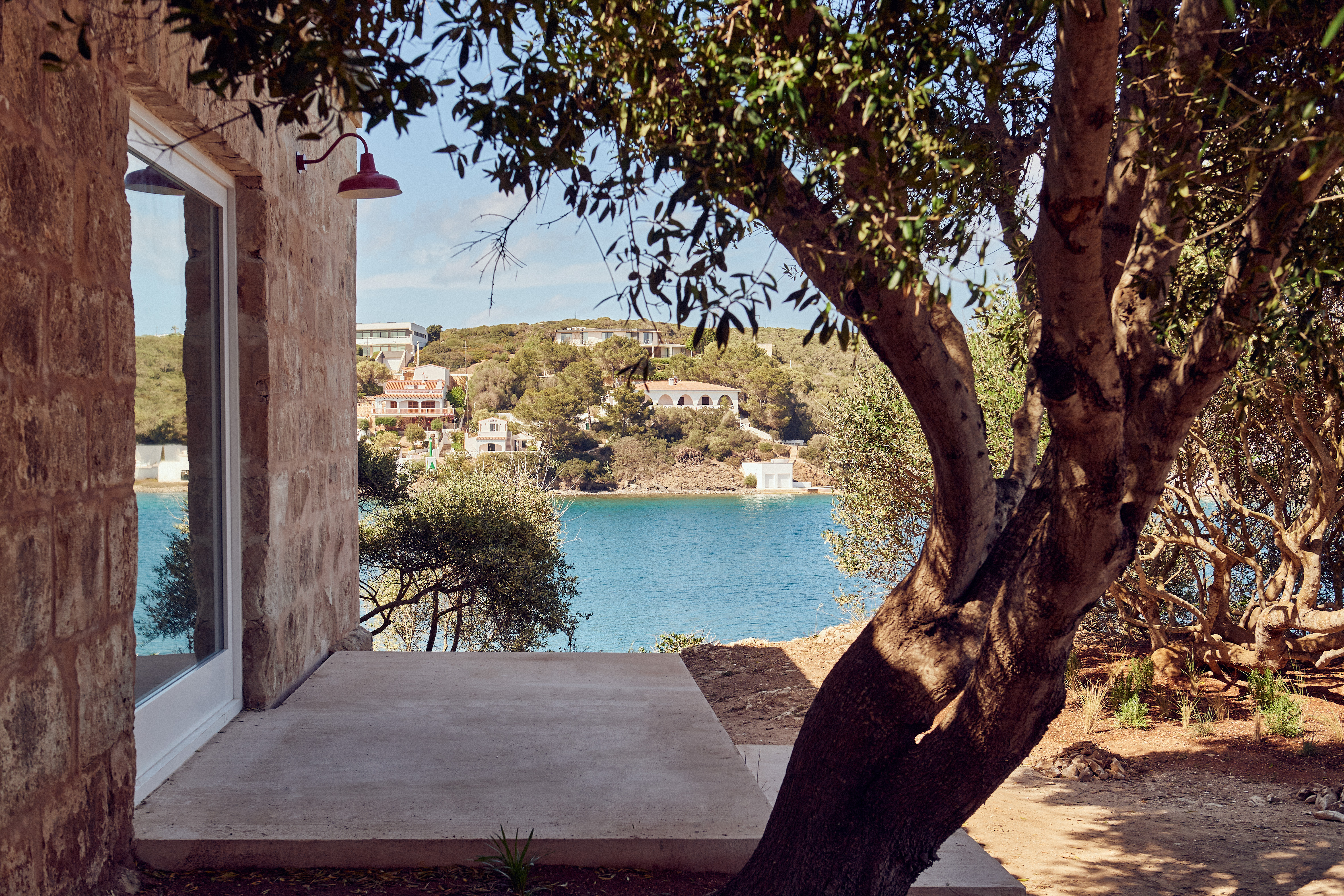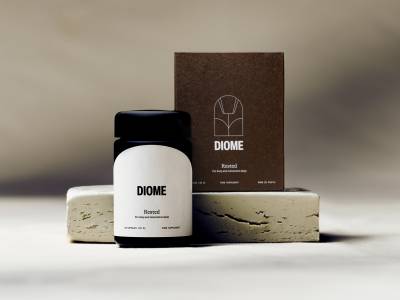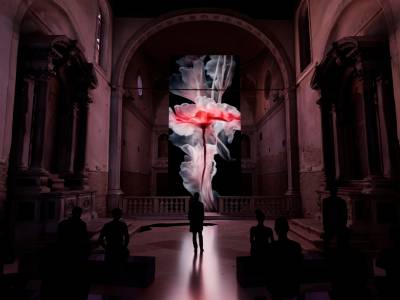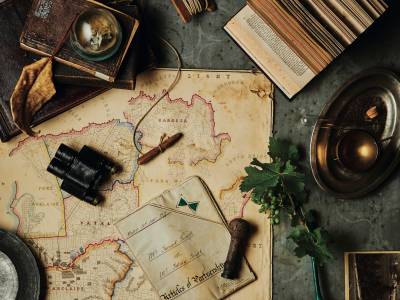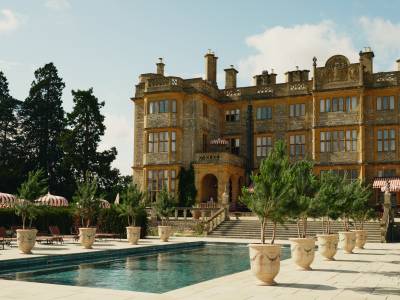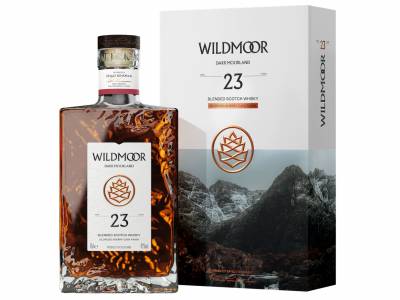As 2018 turned to 2019, Ewan Venters spent a few days post-Christmas at The Fife Arms, near Braemar in Scotland. Somewhere between a grand hotel and a museum – its walls hung with works by, among others, Francis Bacon, Pieter Brueghel the Younger, Lucian Freud, Pablo Picasso and Queen Victoria – it had reopened just the week before, having undergone a wholesale transformation by its new owners, Iwan and Manuela Wirth, the Swiss co-founders of the global super-gallery Hauser & Wirth. Sitting in its drawing room one afternoon, Venters found himself captivated by its psychedelically painted ceiling – “Just the most incredible work,” he recalls – the creation of Zhang Enli, one of the 75-plus artists represented by the gallery.
Then chief executive of Fortnum & Mason, Venters has a longstanding interest in art and had been hosting exhibitions in Fortnum’s Piccadilly flagship, collaborations with the eminent collector Frank Cohen. Timed to coincide with Frieze Week, when the art world descends on London en masse, these shows would draw “many extra tens of thousands of people” to the store, says Venters. He wondered if Zhang might be prepared to show there. “So I said to Iwan, what do you think?” And that September, Fortnum’s put 22 of Zhang’s paintings, most of them new abstractions of landscapes, on display – up the staircases, behind the tills – in its London HQ.
